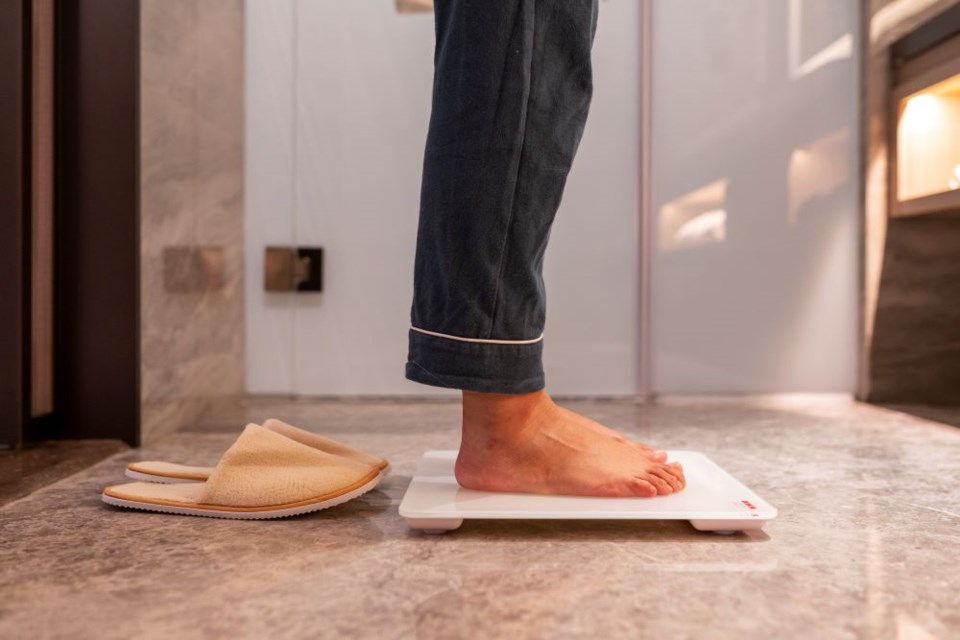WEYBURN - There is an alarming rise in the number of people living with obesity. According to a recent study, obesity rates since 1990 have more than doubled in adults and quadrupled in children and adolescents. Obesity is now recognized as a great global health concern, as more than 51 per cent of the global population (over four billion people) will be classified as obese or overweight by 2035.
Obesity in Canada is a concern. There are studies that state the nation’s obesity rate is now higher than U.S. The range of obesity in Canada is between 30 and 33 per cent, with the overweight rate also exceeding 30 per cent. There are many factors why obesity rates have increased, and there is no simple solution.
Obesity can be a difficult conversation to have, as it can be embarrassing to admit that you are overweight or obese. It is important to feel comfortable in talking about the issue, and be there for someone who is struggling with their weight. I have seen many situations where an overweight person is made the subject of a joke, and it is no joking matter.
There are many negative effects when a person is overweight or obese. They can deal with high blood pressure, cholesterol issues, heart disease, stroke, and it is the leading cause of diabetes.
I have always struggled with my weight. I am rated on the overweight range of the body mass index (BMI) for my height and gender. With the extra poundage in the gut, due to a sedentary lifestyle, I have a lot of back issues. I know that the issue is a lack of significant physical movement in my routine, and really all I can blame is my own laziness.
That sedentary lifestyle is also the reason why obesity rates are spiking in children and adolescents. Unfortunately, our youth have a screen addiction, and sit around either watching TV, or their iPad, or their mobile phones. There is also an uglier side to their screen addiction, as there are many unrealistic body expectations used in media, and causes some serious mental health concerns for youth.
There is a balance between the unhealthy expectations in media, and obesity. The important thing is to have open and honest communication between parents and children, and be comfortable answering questions that might arise. This can be difficult as our youth have a wide array of problems and issues that are more of a concern for their generation, and parents might have to do some research to understand.
Luckily, there are many resources in our community that can help parents learn how to respond to tough questions. There is valuable youth programming offered at the Canadian Mental Health Association, and counselling available at Envision Counselling and Support Program. Another option are the Safe School resources available at schools throughout the province.
There are also many valuable phone programs, like the 211 Saskatchewan, and Kids Help Phone where youth can turn to if they have difficulty speaking to their parents. The important thing is to reach out to the youth, and make them feel like they have someone to talk to.
The best way to treat obesity is to eat a healthy, balanced and reduced-calorie diet and to also exercise regularly. Be careful that you are aware of any risks of any diet pills, especially since many that are advertising on TV or Facebook are not approved by Health Canada. It is always important to visit your health care team before you take any new medications, and have a solid drug management plan.
The most important aspect is consistency. Instead of starting a fad diet, make realistic and achievable changes to your meal plans. The same goes with making changes to increasing your physical activity levels. Good ways to start getting active include walking, swimming, and slowly work your way up to moderate-intensity exercise. Always talk to a health professional if you have mobility problems.




